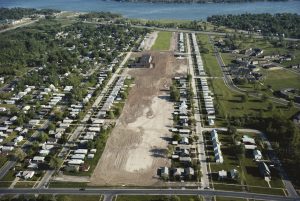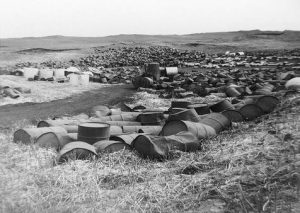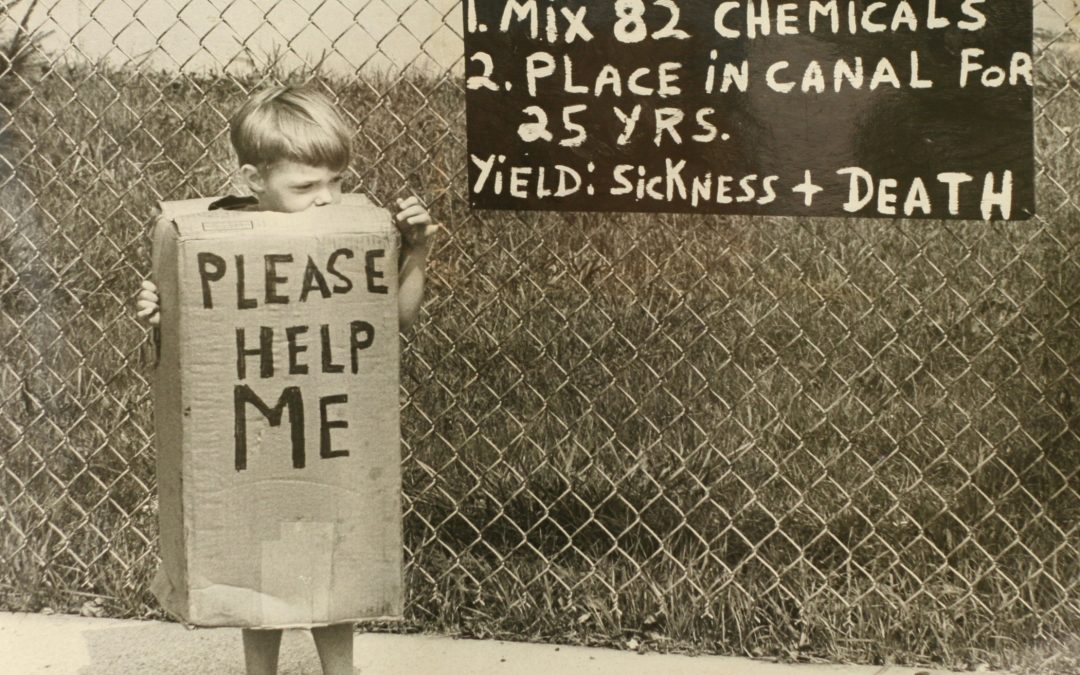When I get asked why I focus my business on cleantech, I usually reply we only have one way to move–forward–and the scientists and engineers who are creating the solutions to save our species and planet need help to tell their stories to get funding and to grow their businesses. But I was reminded yesterday it goes back much further than that.
My social awareness began in the summer of 1978 when I turned 12. In what was otherwise a regular summer break of baseball and first-generation video games like Space Invaders, a news story broke about a neighborhood called Love Canal in the city of Niagara Falls. Since I grew up in the same media market, even a kid on summer break couldn’t avoid the wall to wall coverage of what became known as one of the worst environmental disasters in our nation’s history as well as the cleanup effort that launched the Superfund program.
And while I was too young to grasp the enormity of the situation, looking back, I can see now how it shaped my values and still influences my perception of our collective obligation to each other to this day. 
Through the lens of a 12-year-old, it mystified me why people lived in the Love Canal neighborhood, and why they didn’t just leave. Equally puzzling was why the people who made the mess didn’t have to clean it up, and how everyone seemed to be suing everyone but nothing was getting done while neighbor turned against neighbor. Every night on the news, a very “assertive” woman who lived in the neighborhood, named Lois Gibbs was being interviewed. I didn’t know why they kept interviewing her because terms like “spokesperson” and “public opinion” and “message” weren’t in my lexicon, but there she was every night, always angry and railing against the chemical company who was responsible for dumping barrels of toxic waste in the neighborhood, and the government for not doing enough to remedy the situation. I also couldn’t understand why some people wanted to stay in their homes and badmouthed Ms. Gibbs for wanting everyone to get out.
The government eventually bought up homes (although 60 families refused the offer and stayed in the neighborhood), but the displaced people had nowhere to go because the value of their homes had dwindled to (in many cases) less than $10,000. Even if you moved these homes to Silicon Valley today, you probably couldn’t have gotten an offer on them. But off they went, and the cleanup finally began. Two years later, Congress created the Superfund Act, while the too-preciously named Hooker Chemical Company paid out over $223 million to cover cleanup costs and medical expenses for the victims of the contamination.
 The cleanup, however, didn’t remove the deadly World War II-era chemicals like dioxin; instead, they set up a containment zone covered in plastic and soil, 25-feet deep. To this day, 5-million gallons of leachate drips into the trench around the waste pit, yet the EPA declared the area safe to inhabit in 1990 and over 200 families signed up for a chance to bid on the abandoned homes for $50,000-$60,000. To the surprise of no one, in the intervening decades, there have been continual discoveries of more chemical leaks and more unexplained illnesses cropping up in the people who live nearby.
The cleanup, however, didn’t remove the deadly World War II-era chemicals like dioxin; instead, they set up a containment zone covered in plastic and soil, 25-feet deep. To this day, 5-million gallons of leachate drips into the trench around the waste pit, yet the EPA declared the area safe to inhabit in 1990 and over 200 families signed up for a chance to bid on the abandoned homes for $50,000-$60,000. To the surprise of no one, in the intervening decades, there have been continual discoveries of more chemical leaks and more unexplained illnesses cropping up in the people who live nearby.
Today marks 40 years since President Carter declared the area a federal health emergency. With the value of age and hindsight, I’m able to see the all-too-clear story of how the toxic stew of greed and fear brought out the worst in people. I’m also able to see how “pushy” women like Ms. Gibbs can become heroes by using their intellect and their voices to rewrite a story whose ending was supposedly pre-determined.
We’re facing another of those pre-determined endings right now, the epilogue chronicling a chemical composition of oceans swallowing whole nations, record-heat, drought, wildfires and millions leaving uninhabitable neighborhoods of their own. Uphill as the situation might seem, I learned from Love Canal it’s better to go down with the groundbreakers who believe in humanity as a well-made investment instead of cynically viewing the fate of millions as a cost of doing business.
So what are you waiting for? Call me and let’s start climbing uphill.

